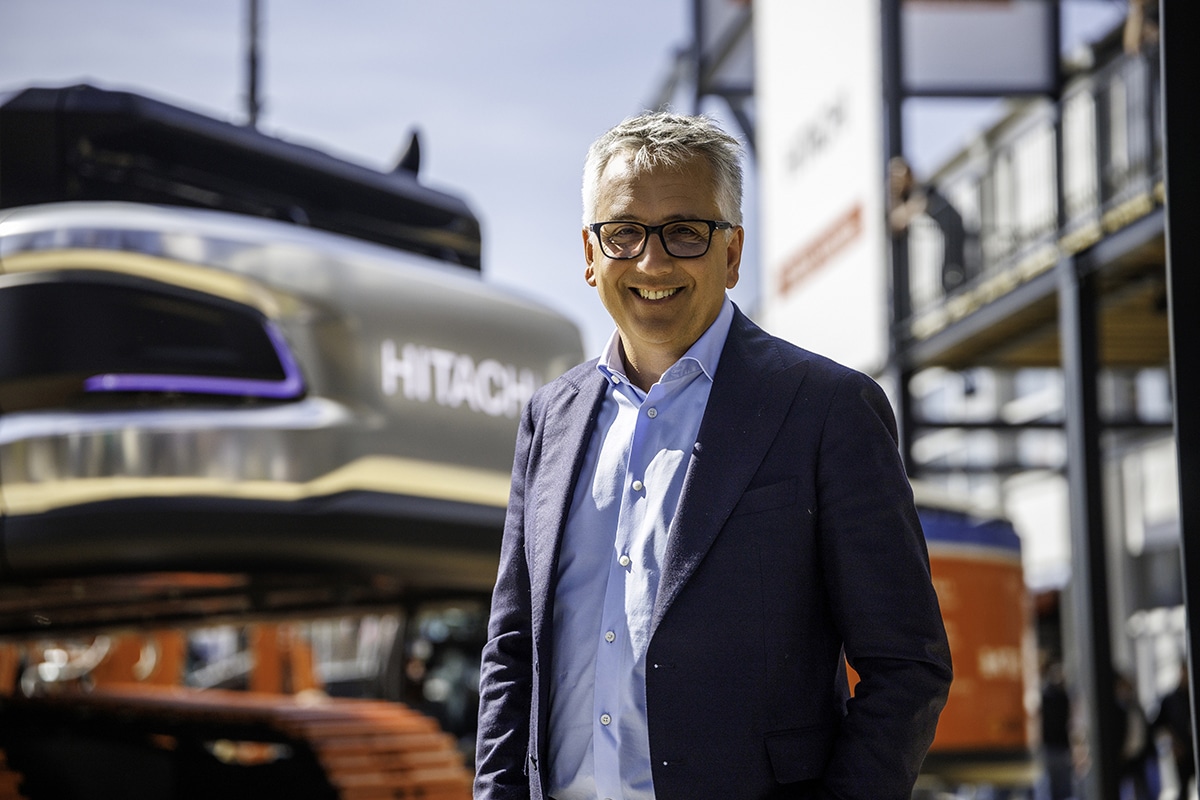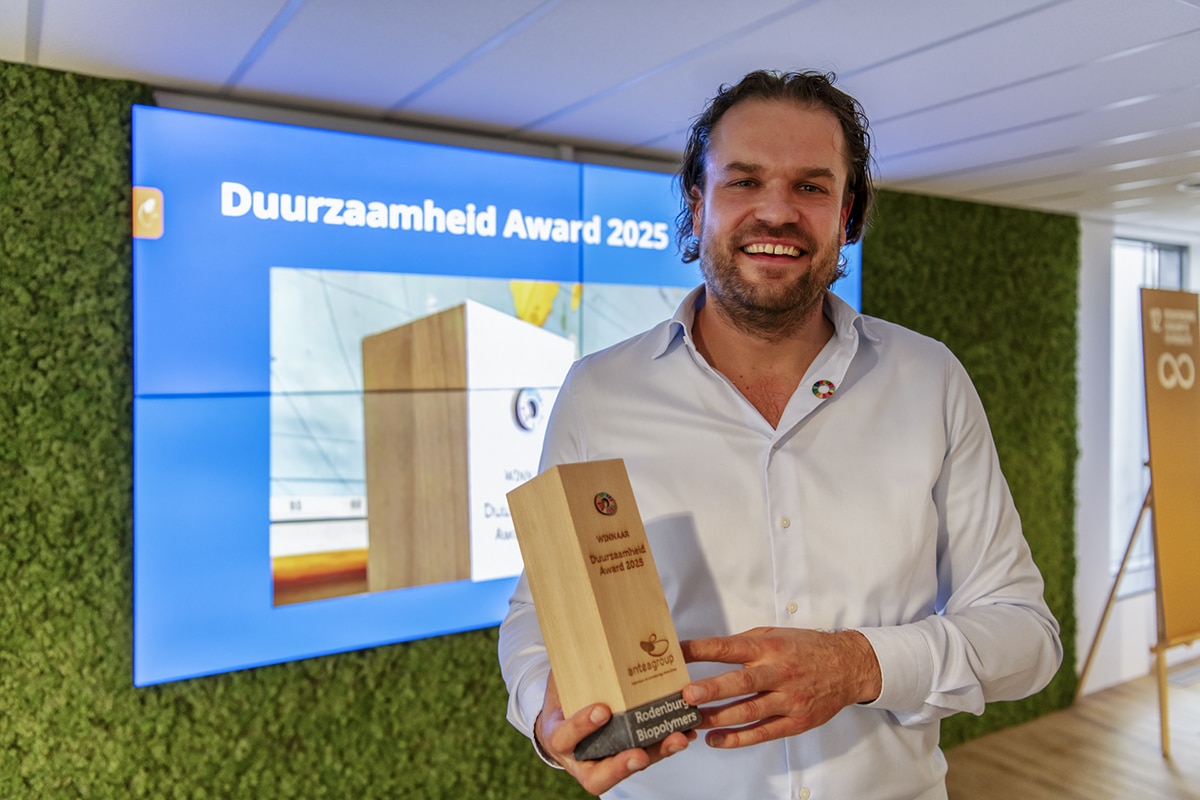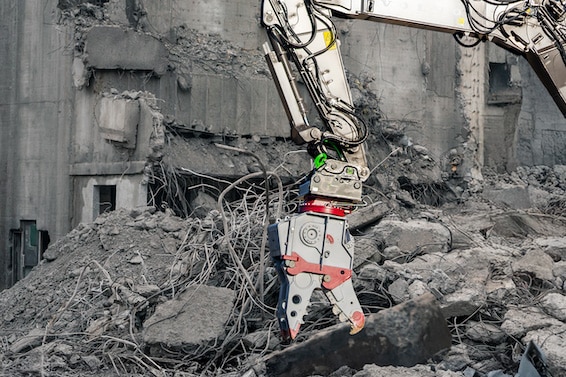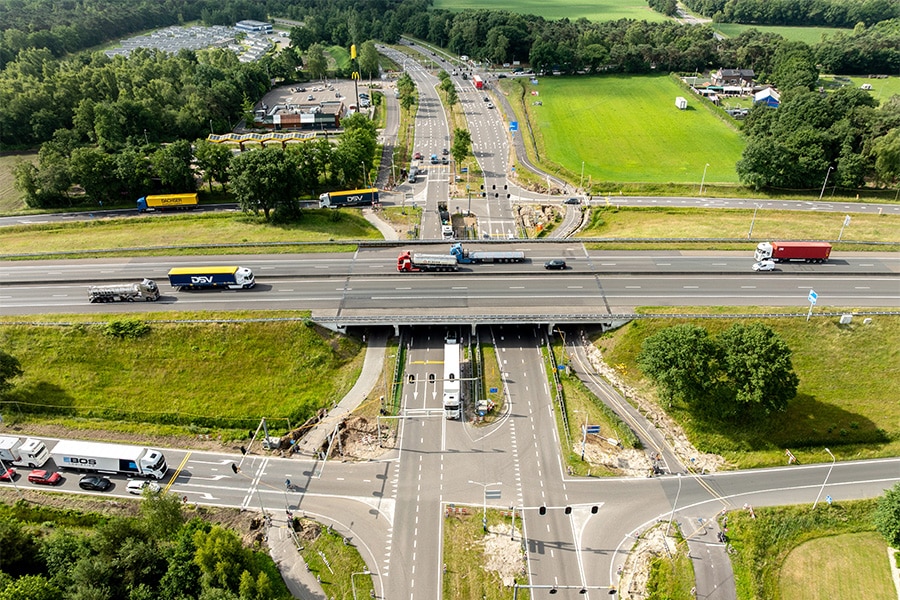
Three paired crosses in 16 hours: BUKO impresses in Maasbree
At a major traffic intersection in Maasbree, the permanent traffic control system had to be replaced. A challenging job, in a busy period and spread over three busy intersections, including two slip roads from the A67. BUKO Infrasupport delivered the temporary traffic installations working in record time. "It was all about preparation, cooperation, speed and safety," says Patrick Lamper, traffic product specialist DVM at BUKO.
Three crucial intersections
On behalf of Swarco and in cooperation with Province of Limburg, BUKO provided temporary traffic control so that the permanent lights could be replaced. "The existing installation was outdated," says Lamper. "You want to replace before failure occurs, and of course with as little disruption to traffic as possible." That was easier said than done. "The challenge was mainly in the location," explains Lamper. "It involved three intersections located at a busy traffic junction, with traffic heading toward Maasbree, a nearby McDonald's and Toverland amusement park. On top of that, it was extra busy around Ascension Day, also with German traffic. Then you have to know exactly what you are doing."
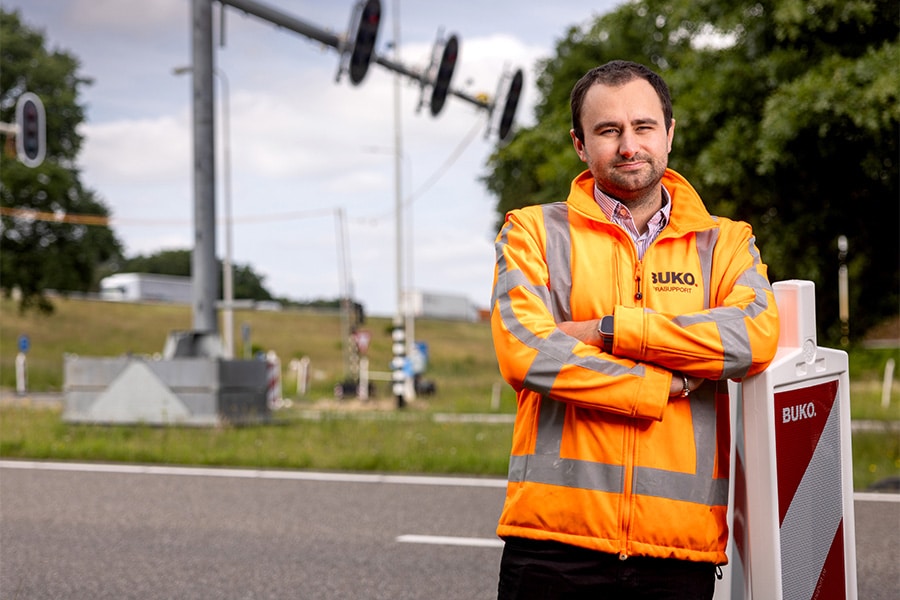
Preparing to perfection
In the run-up, nothing was left to chance. A temporary depot was set up at a strategic location between crossings, where materials were collected and tested. Eight heavy whip masts were constructed locally. "That saved enormously in time, transportation and lifting, but especially in risks during construction. Everything was focused on doing it right the first time."
That the construction was done within 16 hours, Lamper calls an accomplishment of stature. "At peak times, 20 people were working on the project at the same time, including traffic controllers. Despite the speed, safety was the priority. "Our people were working alongside moving traffic, so we chose to assemble all cables and fixtures in advance. This allowed us to quickly install the pylons during short traffic stops."
Smart coupling with fixed arrangement
What was special was the use of the permanent arrangement in the temporary situation. "The province wanted that, because then the flow remains optimal. We converted that arrangement and loaded it into our own automaton, with modifications for the temporary situation. Think of other detection means such as cameras, push buttons and adapted stop lines. The PTP link between two installations also had to work perfectly. That involves serious coordination, traffic engineering knowledge and technical testing."
Lamper is especially proud of the overall picture. "The cooperation was ironclad, every link in the process, from preparation to execution, was tight. And when you hear from the province during commissioning: 'it's looking nice and working properly', then you know that together you have put something good in place." According to Lamper, this approach is bound to be used more often. "Because the less disruption we cause, the better - for the road user and for our people."
